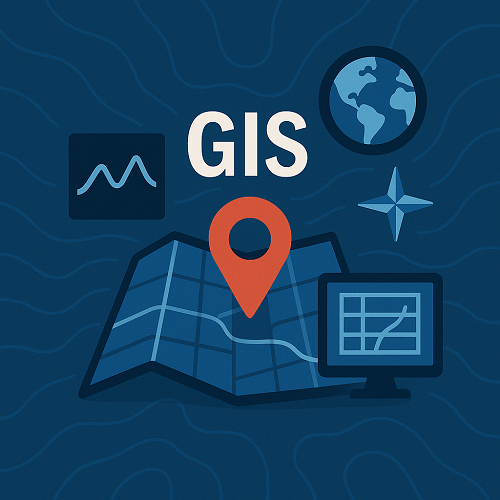TL;DR
- AI-driven GIS solutions are transforming spatial analysis with predictive modeling and automation.
- Real-time geospatial data streams are improving urban planning and disaster response.
- Advanced remote sensing technologies provide unprecedented detail and accuracy in environmental monitoring.
- Esri continues to set industry benchmarks with cloud-native GIS platforms and integration options.
- Future trends point toward hyperlocal analytics and seamless IoT-Geospatial data convergence.
What’s new right now
In 2025, the geospatial industry is seeing rapid integration of artificial intelligence (AI) into GIS workflows. Companies like Esri are rolling out advanced analytics tools that leverage cloud computing for scalable geospatial processing. Real-time applications, from traffic management to climate change modeling, gain new precision through live data streams from IoT sensors and satellites. Remote sensing innovations, including hyperspectral and synthetic aperture radar (SAR) imagery, are enabling detailed vegetation, urban, and disaster mapping (NASA Earth Observatory).
Why it matters
For businesses, modern GIS capabilities mean faster insights, reduced operational costs, and competitive advantages in logistics, site selection, and customer analytics. Technically, advances in AI and remote sensing empower analysts to work with richer datasets, automate repetitive tasks, and run predictive models at scale. Governments and NGOs benefit from up-to-the-minute situational awareness for policy-making, emergency response, and sustainable development. In short, cutting-edge GIS isn’t just a tool—it’s becoming an intelligent partner in decision-making.
Deep Dive: Shaping the Future of GIS
1. AI-Integration into GIS
The evolution from rule-based spatial processing to machine learning-driven analytics allows GIS systems to uncover hidden patterns, predict future scenarios, and automate classification tasks with higher accuracy.
2. Real-Time Geospatial Intelligence
By ingesting data directly from IoT devices, drones, and satellites, GIS platforms provide instant insights into traffic flows, weather changes, and environmental hazards.
3. Remote Sensing Breakthroughs
Hyperspectral sensors now distinguish fine spectral differences in land cover, and SAR systems penetrate clouds and darkness, ensuring consistent imagery availability for sensitive projects.
Comparison Table
| Approach | Core Benefit | Example Application |
|---|---|---|
| AI-Enhanced GIS | Predictive and automated analysis | Urban growth forecasting |
| Real-Time Monitoring | Immediate situational awareness | Flood evacuation planning |
| Advanced Remote Sensing | High-resolution, all-weather imagery | Deforestation tracking |
Mini Case Study
Problem: A coastal city was facing frequent unexpected flooding events, disrupting transportation and local business operations.
Approach: The municipality implemented a GIS platform integrated with live IoT water-level sensors, AI-driven rainfall prediction models, and SAR imagery for continuous monitoring.
Outcome: Flood warnings were issued 2–3 hours earlier than before, reducing property damage costs by 28% in the first year and improving public safety protocols.
Implementation Checklist
- Assess organizational goals and required GIS capabilities.
- Select a scalable, cloud-enabled GIS platform.
- Integrate AI models for data classification and prediction.
- Connect real-time data sources (sensors, UAVs, API feeds).
- Ensure staff training and workflow alignment.
- Measure outcomes with KPIs linked to spatial data performance.
FAQs
What is GIS?
Geographic Information Systems manage, analyze, and visualize spatial data for various applications.
How is AI used in GIS?
AI algorithms improve pattern detection, automate classification, and power predictive analytics in geospatial contexts.
What is remote sensing?
It’s the acquisition of information about Earth’s surface using satellite or aerial sensors without physical contact.
Why integrate real-time data into GIS?
It allows rapid decision-making based on current conditions rather than static datasets.
Which industries benefit most from modern GIS?
Urban planning, logistics, environmental monitoring, agriculture, and emergency management see the greatest gains.
Conclusion
The convergence of AI, real-time analytics, and advanced remote sensing is redefining the capabilities of Geospatial Information Systems. Organizations equipped with these tools can respond faster, plan smarter, and operate more sustainably. To leverage these advancements for your own projects, explore our GIS services today.
